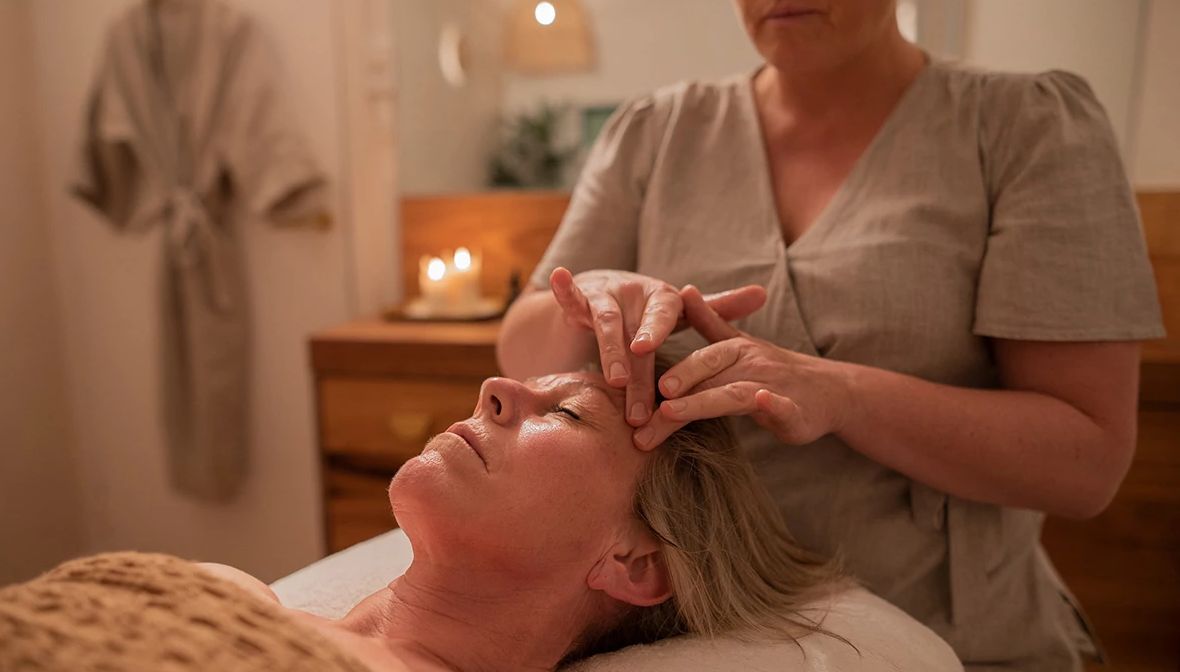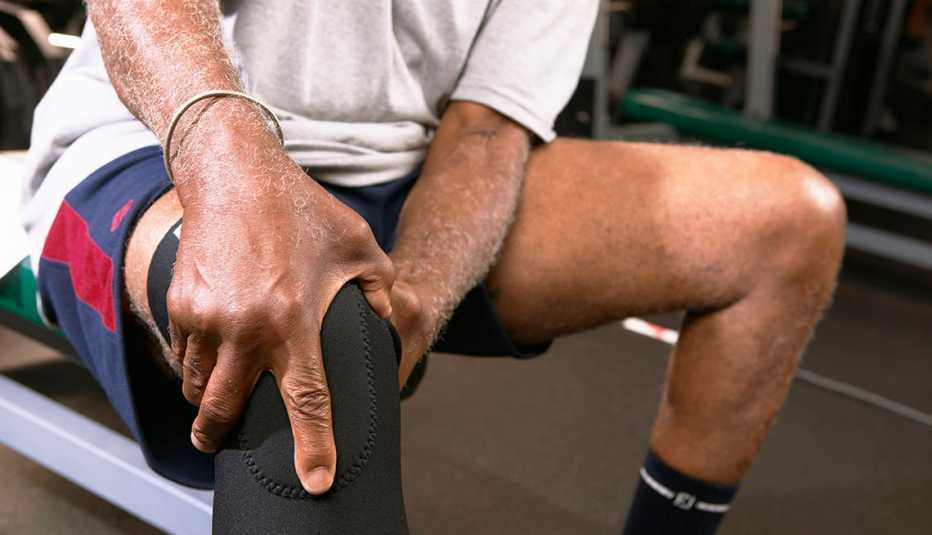Staying Fit
Lifting your suitcase into the overhead compartment, stuffing your shoulder bag to capacity, allowing your 80-pound golden lab to yank his way through a daily walk. None of these qualify as risky behavior, but now that you're over 50 you're paying the price. What gives? In short: Your shoulders.
"Think of it as driving a car — you're given one set of tires and that's it,” explains Akhil Chhatre, M.D., director of spine rehabilitation and assistant professor in the departments of Physical Medicine and Rehabilitation and Neurosurgery at the Johns Hopkins University School of Medicine. “The wear and tear that you experience on those tires depends on how much and how hard you use your body."


AARP Membership— $12 for your first year when you sign up for Automatic Renewal
Get instant access to members-only products and hundreds of discounts, a free second membership, and a subscription to AARP the Magazine.
Shoulder pain typically comes from the joint itself or from any of the surrounding muscles, ligaments or tendons. And with age, “you'll see changes in the lining of the joint, changes in the integrity of the bones and degeneration of the ligaments,” says Chhatre. “If you don't participate in a strengthening or exercise routine, you'll see some atrophy and loss of bulk (in the muscles) that surround and protect the stability and strength of the shoulder joint.”
While that sort of wear and tear is a natural consequence of living your life, it can make you more vulnerable to several shoulder issues. Various diseases and conditions affecting the structure of your chest or abdomen, like heart disease and gallstones, can also cause shoulder pain.
Whatever the cause, there's plenty you can do to relieve this kind of pain. But first you have to know which symptoms deserve your attention. Here are the ones you should never ignore and the likely culprit for each.



































































